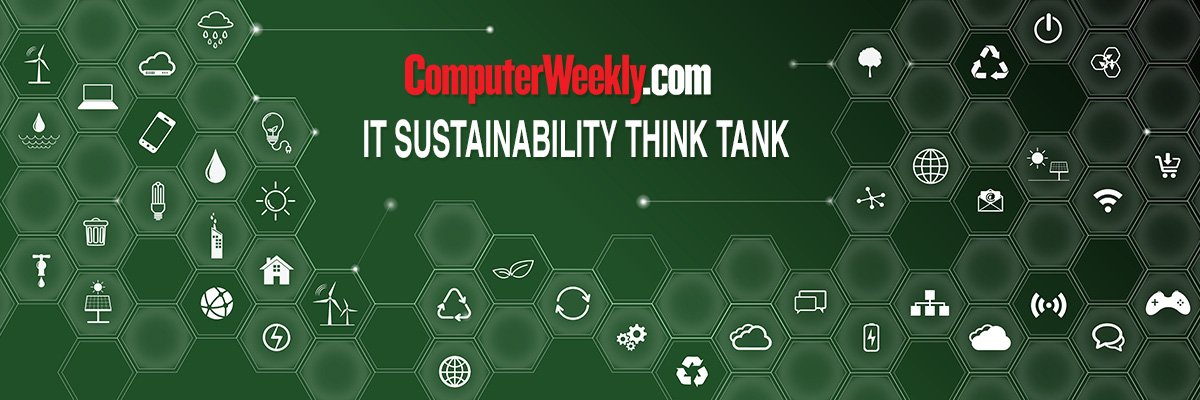
"Across industries, years of layered transformation have left organisations running tangled architectures, overlapping platforms, and neglected legacy systems. Each new layer consumes more compute, storage, and power, adding to the hidden environmental and financial costs of digital growth. Idle workloads in datacentres, for example, can contribute significantly to energy consumption. Addressing this "more-is-more" technology trap will define the next era of sustainable IT leadership."
"In 2025, CIOs face an uncomfortable truth: innovation and over-consumption have become two sides of the same coin. Generative artificial intelligence (AI), cloud proliferation and edge computing promise agility and intelligence, but they also magnify energy use and resource demand. Gartner's latest CIO and Technology Executive Survey shows that 89% of $10B-plus organisations plan to increase AI investment next year, while more than half will continue funding on-premise infrastructure. Many organisations are still evaluating whether all this growth is fully necessary or sustainable."
Years of layered digital transformation have left organisations with tangled architectures, overlapping platforms, and neglected legacy systems that increase compute, storage, and power needs. Idle datacentre workloads and redundant services add hidden financial and environmental costs. Rapid adoption of generative AI, cloud expansion, and edge computing amplifies energy demand even as enterprises keep funding on-premise infrastructure. A minimalist IT approach focuses on intentional design to maximise value while minimising waste, treating each platform, API, or data store as both an asset and a potential liability. Reining in complexity and unnecessary consumption is essential to lower costs and emissions.
Read at ComputerWeekly.com
Unable to calculate read time
Collection
[
|
...
]